Reticulum Constellation: an alien haven?
5th Feb 2024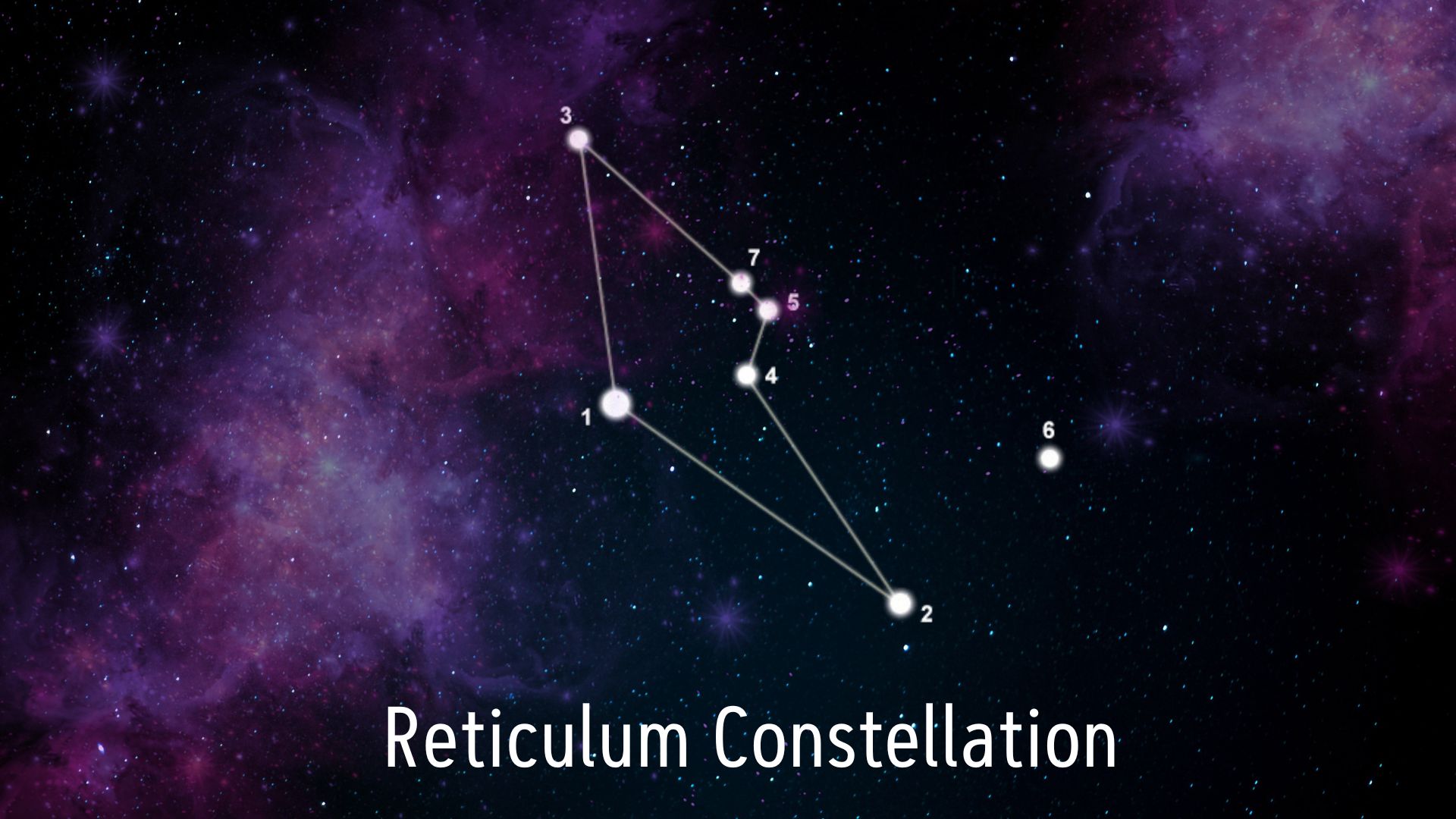
The constellation Reticulum is one of the small constellations closest to us and of greatest interest to astronomers. Some of its stars are very similar to our Sun and have exoplanets. Is there life on any of them? Scientists have not yet found an answer to this question, although there have been attempts to connect this outer space area with UFO visits to Earth.
In this article, you will learn what the Reticulum is, who first called this collection of stars a constellation, and what facts and myths are associated with it.
Reticulum constellation facts
- Introduced by Isaac Habrecht II in his celestial globe in 1621
- Original name: Rhombus
- Renamed as Reticulum by Nicolas Louis de Lacaille in 1763
- Оfficially recognized by IAU in 1922
- Abbreviation: Ret
- Symbolism: The Rectile
- Area: 114 sq. deg. (82nd)
- Main stars: 4
- Bayer/Flamsteed stars: 11
- Stars with planets: 7
- Brightest star: Alpha Reticuli (3.33m)
- Closest star: Zeta Reticuli (39 Ly)
- Messier objects: none
- Bordering constellations: Horologium, Dorado, Hydrus
The Discovery of the Reticulum constellation
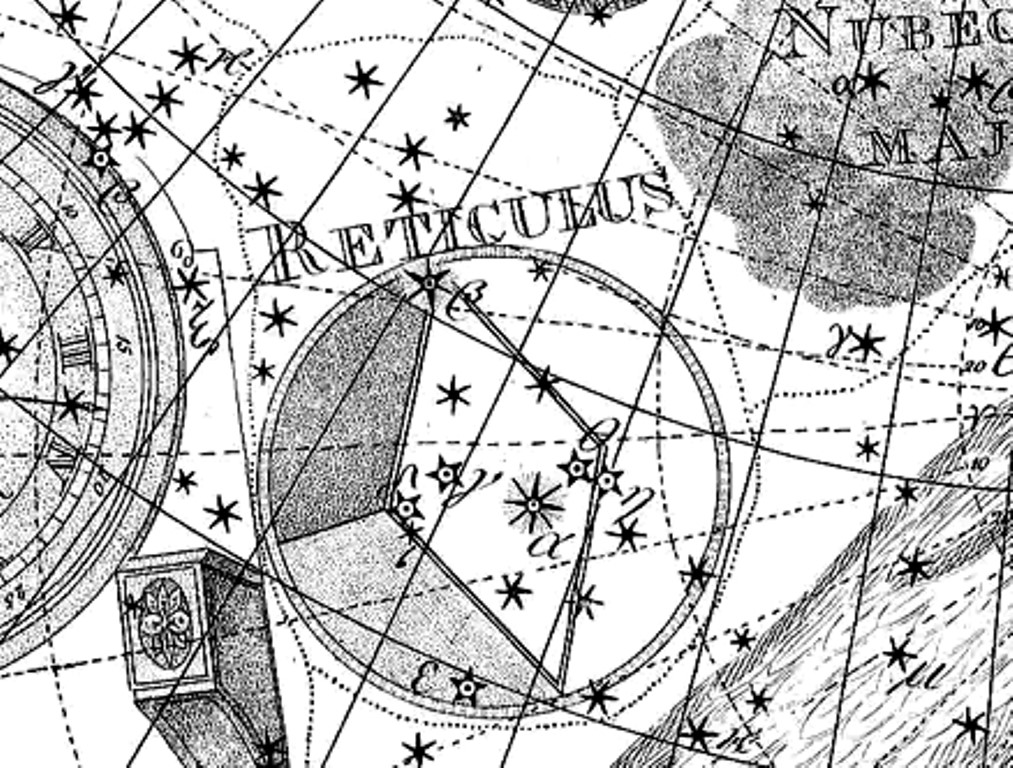
It is generally accepted that the German astronomer Isaac Habrecht, who specialized in astronomical clock creation, first named the Reticulum constellation. In 1621, he marked it as Rhombus on his celestial globe since, in his view, the constellation included four stars arranged in a similar geometric figure. However, the discovery was forgotten until the mid-18th century.
In 1750, the French astronomer Nicolas-Louis de Lacaille began to unify astronomical catalogues. In 1754, while taking measurements of the luminaries from the Cape of Good Hope, he noted a trapezoidal collection of stars but left it unnamed. Perhaps he simply did not know about Habrecht’s works. Only two years later, Lacaille introduced it as the Rhomboidal Network (original French Réticule Rhomboïde), thus immortalizing the intersection of thin threads seen through the eyepiece of his telescope. The final name only appeared after the author Latinized his catalogue in 1763. In 1922, Reticulum the Net Constellation was officially recognized at the General Assembly of the International Astronomical Union.
What does the Reticulum constellation represent?
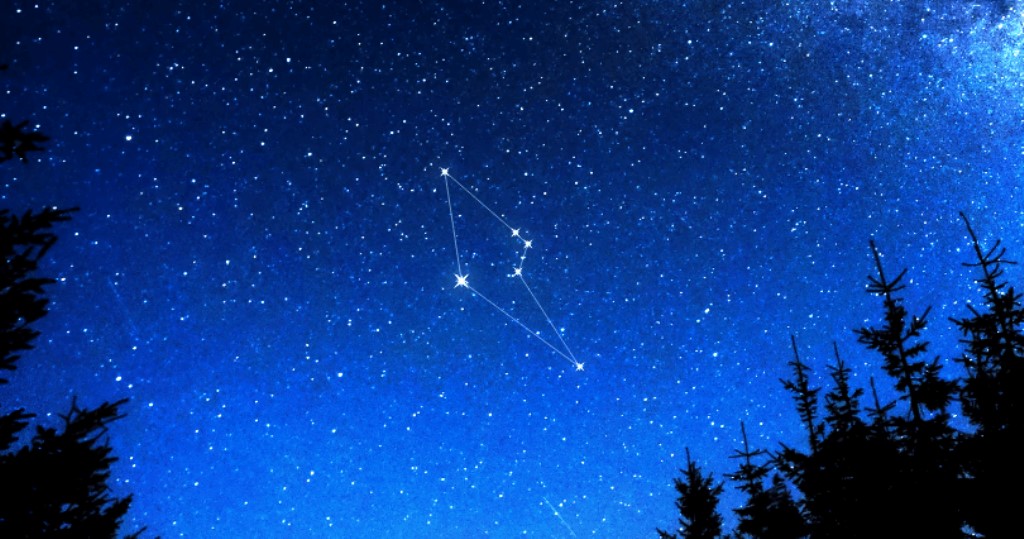
It is a small formation of 22 stars with an area of approximately 114 square degrees, located in the Southern Hemisphere of the sky (82nd position among 88 constellations). It has been discovered that seven stars in the Reticulum constellation have planets. Furthermore, it also has two important deep-sky objects: the barred spiral galaxy NGC 1559 and the Topsy Turvy Galaxy, but no Messier objects or meteor showers are associated with this constellation.
How do you see a Ret constellation in the sky?
Ret is located in the first quadrant of the southern hemisphere and borders the constellations Dorado, Horologium, and Hydrus. Almost all of its stars are visible to the naked eye or through binoculars at latitudes from +23° to -90°. The best time for observation is in January, in the late evening.
What is the brightest star in the Reticulum?
This is Alpha Reticuli ─ a yellow giant located 162 light years away from Earth. It is 240 times brighter than our Sun and more than three times heavier (12 times the Sun’s radius). Spectral class ─ G8III. Apparent magnitude — 3.3. The star is special because of its extensive atmosphere and strong X-ray emission, which is about 330 million years old. Alpha Ret is halfway between the giant and luminous giant stages of evolution. It will eventually end its life as a white dwarf.
How far is the Reticulum constellation from Earth?
The farthest star from us, Delta Reticuli, is 526 light years away, and the closest, Zeta Reticuli, is about 39 light years away. By the way, this double star system is very similar to our Sun in temperature and mass (the Zeta twins are yellow dwarfs), but that’s where the similarities end. Scientists believe that they are much older than our Sun — about 8 billion years old. It is established that Zeta-2 orbits a circumstellar debris disk, while the twins themselves orbit each other and have an orbital period of over 170,000 years.
Reticulum constellation myths
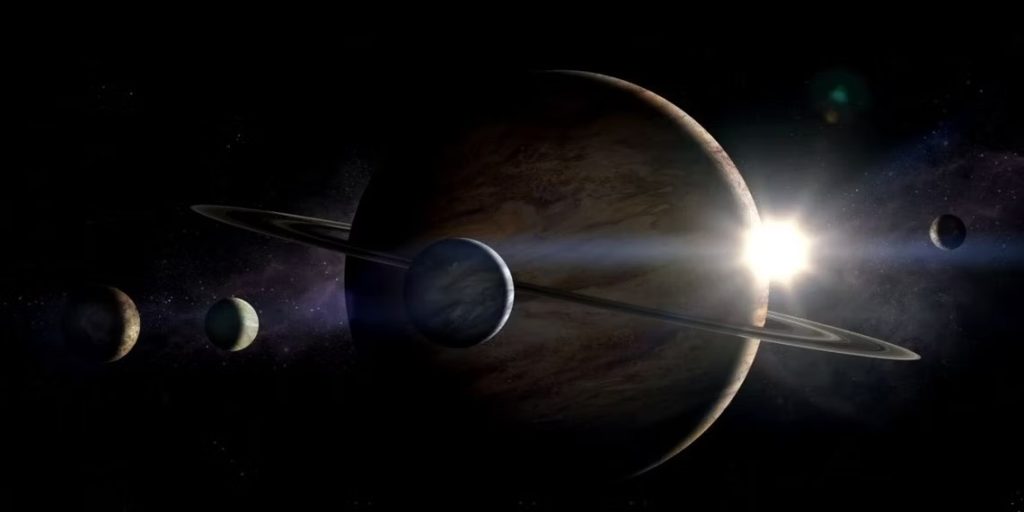
The proximity of Zeta Reticuli to Earth has given rise to myths, assuming that one of this star system’s planets is home to an alien civilization. Allegedly, this civilization visited Earth and abducted people. The legend stems from the reported abduction of married couple Betty and Barney Hill in 1961. Years later, under hypnosis, Betty Hill drew a star map showing the relative positions of the aliens’ home star and the Sun, but sceptics note that the map is too vague to pinpoint any specific star. Already in 2000, observations of the Net constellation with the most powerful space telescopes showed that there are no exoplanets in the Zeta 2 Reticuli system, which means that no aliens could have come from there.
However, this did not stop filmmakers from adopting the Zeta Reticulans myth. Ridley Scott used Zeta Reticuli twice in his legendary Alien films. In the 1979 film Alien, the space tug Nostromo receives an SOS signal from the planetoid LV-426, one of the three known moons of the gas giant Calpamos, located in the Zeta 2 Reticuli system, and is sent there to meet with bloodthirsty xenomorphs. And in the prequel Prometheus (2012), the Prometheus crew lands on another moon of Calpamos, LV-223, and discovers the Engineers there. “Reticulans”, or, as ufologists called them, Grays, were also widely mentioned in The X-Files, Babylon 5, Stargate, and other series.
Should we be afraid?
So, what is Reticulum? We hope it’s clear now. Some of its stars’ similarities with the Sun prompted astronomers to look for planets similar to ours in this constellation. So far, this search has been in vain. Of course, UFO believers still tell the story of alien abductions from a planet in the Zeta Reticuli system. But unfortunately (or fortunately), scientists cannot yet verify this myth. Although Zeta Ret is the closest Reticulum constellation star to our planet, we have not yet invented ships that can travel at the speed of light, and spacecraft that exist now will take hundreds of thousands of years to get there. The fastest New Horizons probe will take 54,000 years to reach the nearest star, 4.3 light years away. So it looks like the next meeting with the Reticulans will have to wait.
References and Additional Information:
● Zeta Reticuli https://www.crystalinks.com/zeta.html
● Zeta Reticuli: facts about the binary star system https://www.skyatnightmagazine.com/space-science/zeta-reticuli-binary-star-sytem
● Reticulum https://www.iau.org/public/themes/constellations/#ret
● Ian Ridpath’s Star Tales – Reticulum http://www.ianridpath.com/startales/reticulum.html
● How LV-223 Differs From LV-426 https://screenrant.com/lv233-differences-lv-426-explained/
● Lacaille’s Reticulum http://www.ianridpath.com/startales/reticulumlacaille.html

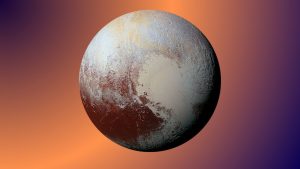




Thank you for your comment! It will be visible on the site after moderation.